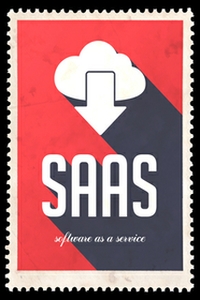‘SaaS dominates the Cloud’ reveals some recent research from TechTarget.com. No real surprise there especially when you consider; a) how easy it is to purchase and use software that is utility priced and b) that the software does not need to be installed or managed by an IT group. The report states: “Of the respondents using cloud computing in 2012, 55% are using Software as a Service, far outdistancing Storage as a Service, the next highest response at 35%” . So other than renegade sales managers that have bought CRM in the form of the highly successful SaaS offering Salesforce.com who is buying SaaS? Clearly large organisations’ IT groups have now cottoned on to the fact that they need to embrace SaaS rather than resist it and therefore we are seeing a move towards buying SaaS for all of those ancillary or peripheral applications that support the major line-of-business applications.
The backbone apps and infrastructure will remain in place for some time to come, there has been far too much investment in this space to simply discard it. This is an area where SaaS applications that support strategy and business management can make a real stride forward. Business management systems are not business critical in the the same was as billing or point of sale or stock control systems are, but they can take feeds from all of these to help manage the business more effectively and determine where to go next. Taking data from line-of-business systems and turning it into information that supports a business strategy is exactly the sort of thing a Balanced Scorecard approach can help with. Using a SaaS based Balanced Scorecard application simplifies the roll-out of the methodology by providing a web-based application that is accessible to all. Given that communication of company strategy is one of the biggest failure areas in large businesses, this simple change can provide cheap and fast resolution.


